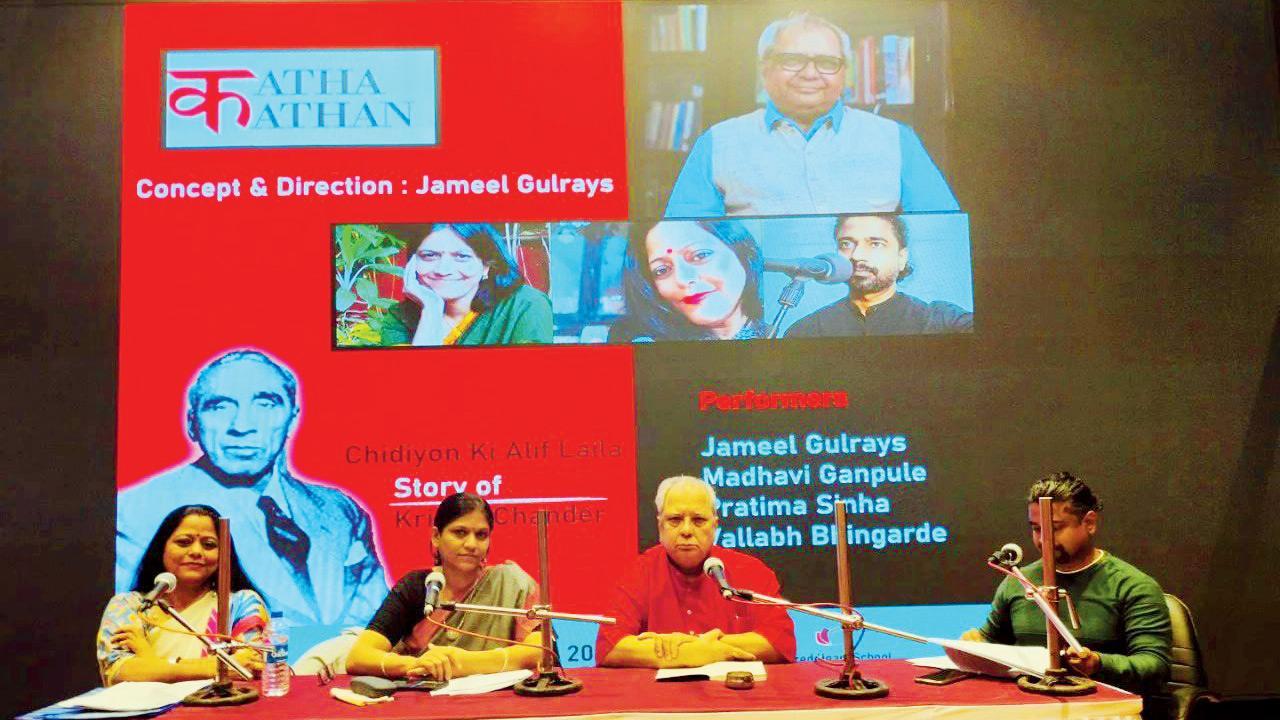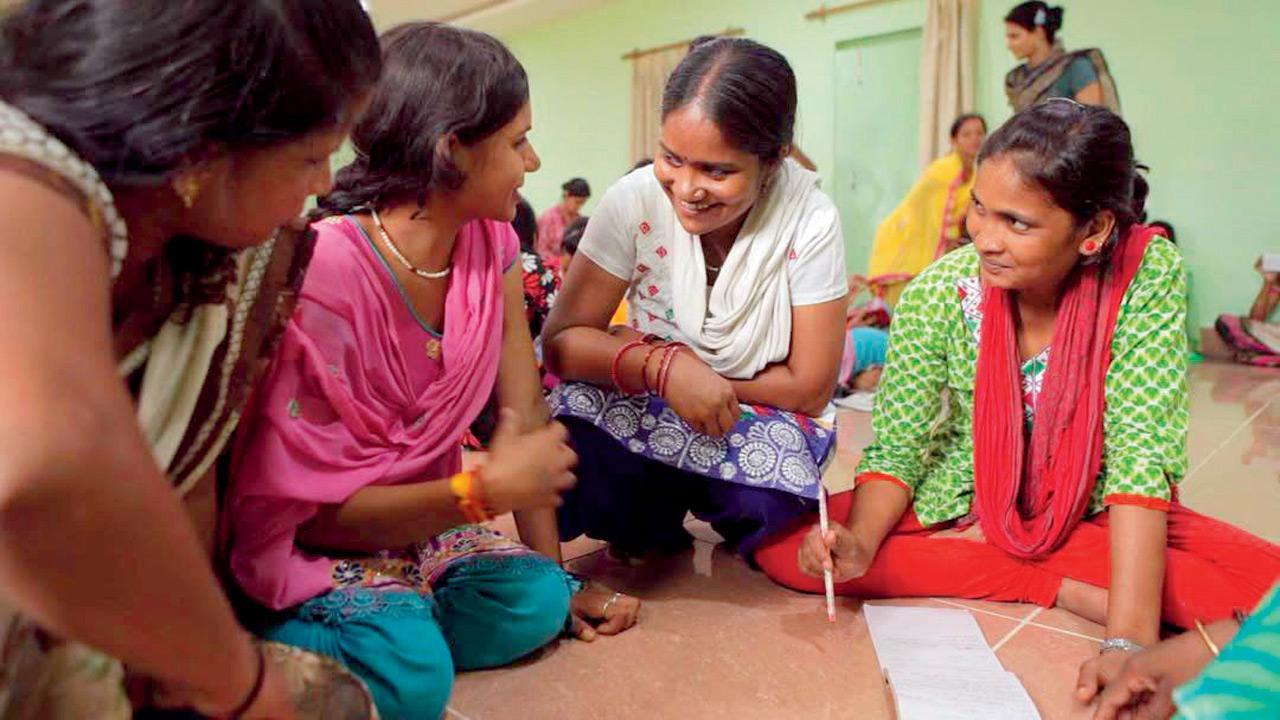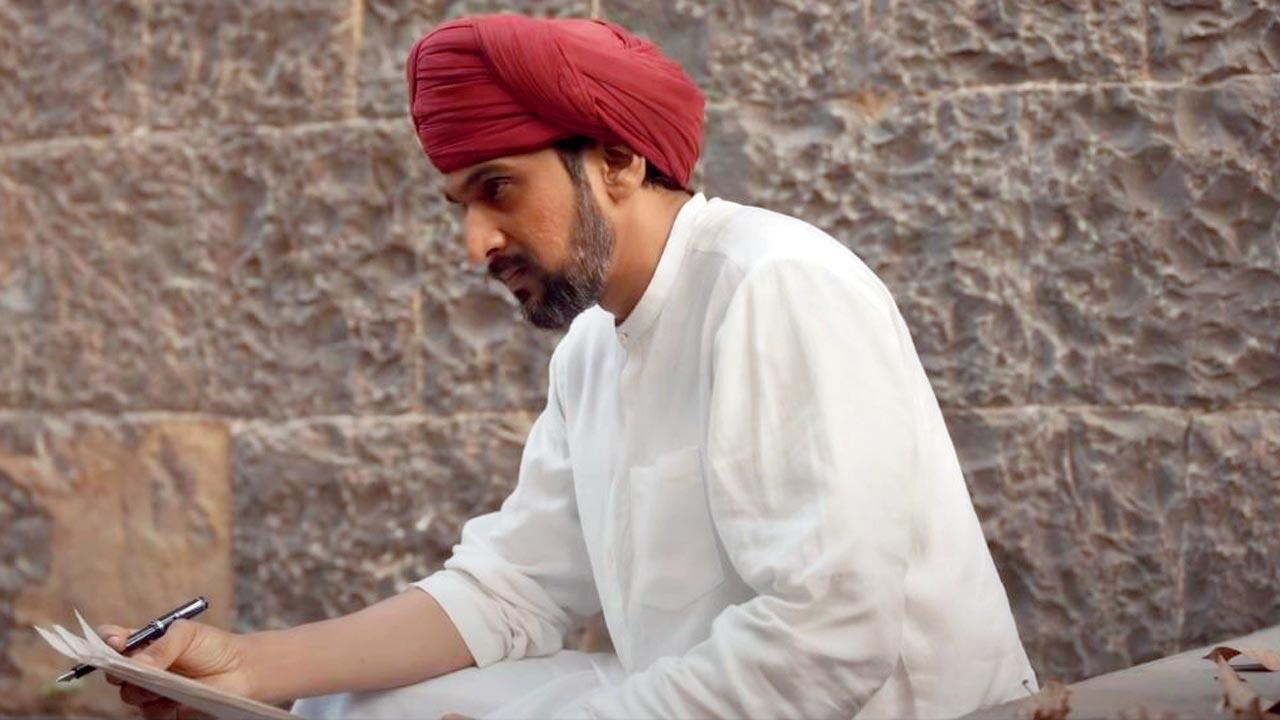
One almost expects theatremaker Jameel Gulrays to quote Mirza Ghalib, and say ‘Hain aur bhi duniya mein sukhanvar bahut acche… (there are better poets in this world)’ when asked about his upcoming performance at Prithvi House this week. The veteran will take stage tomorrow to showcase the form and nature of the masnavi, a forgotten form of Urdu literature, at the Juhu venue.
“Like most linguistic traditions in India, storytelling in Urdu literature is diverse and layered,” explains Gulrays. As part of the Urdu Mehfil and Katha Kathan series at Prithvi Theatre, the veteran has sought to bring attention to this multi-faceted nature. “Very few people are familiar with Urdu literature, even through poetry. There were forms such as the qasida — used to praise someone or a marsiya, a song of sorrow that have faded out,” he says. Among these is the heejo, made famous by Mohammed Rafi Sauda. “A heejo was a song that was written to criticise or make fun of individuals. Sauda once wrote a poem on a British official, who was so enraged that he wanted the poet killed. So, artists offending officials is not a new thing,” the 76-year-old laughs.
Jameel Gulrays
The subject of the performance is Mirza Shauq Lakhnavi’s Zehr-e-Ishq. The 19th century poet was among three others — Hakim Hussain, Daya Shankar ‘Naseem’ and Mir Hassan — who were best known for the masnavi form. The couplets from the song were also famously picked by the late composer Khayyam in the song ‘Dekh lo aaj humko jee bhar ke’ for the film Bazaar (1982).
“Masnavi refers to a genre of poetic storytelling where each poem comprises of couplets within a particular metric scheme. It can be based on any theme, story or narration,” he explains. This one, though, is on love. “Shauq’s work was so passionate that the legend goes that many couples would commit death by suicide upon hearing it in performance. The British government banned its performances at one point in time — sounds familiar, doesn’t it?” he laughs. This ban caused the form itself to slowly recede from public memory.
Gulrays with Naseeruddin Shah during a rehearsal before Jashn-e-Sahir
Incidentally, all three poems by Shauq Lakhnavi are about love. Why so, we wonder? “Ishqiya mera mizaaj tha ladakpan se,” comes the pat poetic reply. Considering the musical nature of the form, it is also closely reminiscent to the opera. Singer and vocal artiste Madhavi Ganpule has been associated with the Katha Kathan and Urdu Mehfil sessions at Prithvi Theatre since its inception. “In that sense, it is a very Indian form.
Indian storytelling tradition has always been oral and poetic. Whether that is in Marathi, Hindi, or even Sanskrit. The Ramayana, for instance, is an epic poem written in stanza structures and metre,” Ganpule expands. The performance allows the initiative to expand on these literary forms in ways that are more than scholastic. “It is easier for people, old and young, to understand these forms and literary concepts when it is wrapped around a story,” she adds.
A view of the audience during a previous reading session
The curation and staging of the performance is anchored by Gulrays. “We are trying to expose people to Urdu literature from different angles, as well as different writers. We need readers and listeners to look beyond Mirza Ghalib, Ismat Chughtai or Saadat Hasan Manto to understand the depth and verve of Urdu literature. Hopefully, it is working,” he shares.
ON Tomorrow; 7 pm
AT Prithvi House, Juhu Church Road, Juhu.
ENTRY First-come first-served basis














